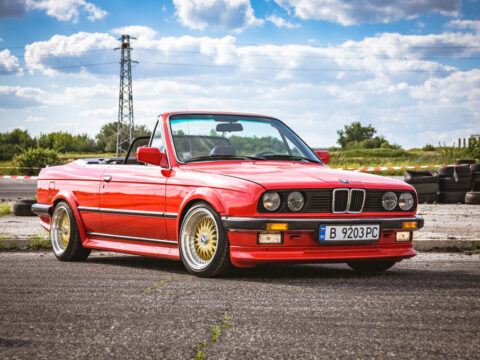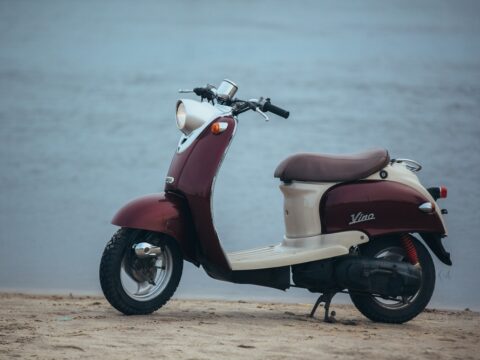Ford has produced some of the most iconic vehicles in automotive history. Their lineup boasts numerous successes, from the game-changing Model T to the ever-popular Mustang. But every great artist has their missteps, and Ford is no exception. This article dives into the eccentric and often debated designs that didn’t quite hit the mark. As we journey through the annals of Ford’s design history, we’ll explore the models that raised eyebrows, drew criticism, and became legendary for all the wrong reasons.
Contents
Ford Fiesta MK3 (1989-1997)
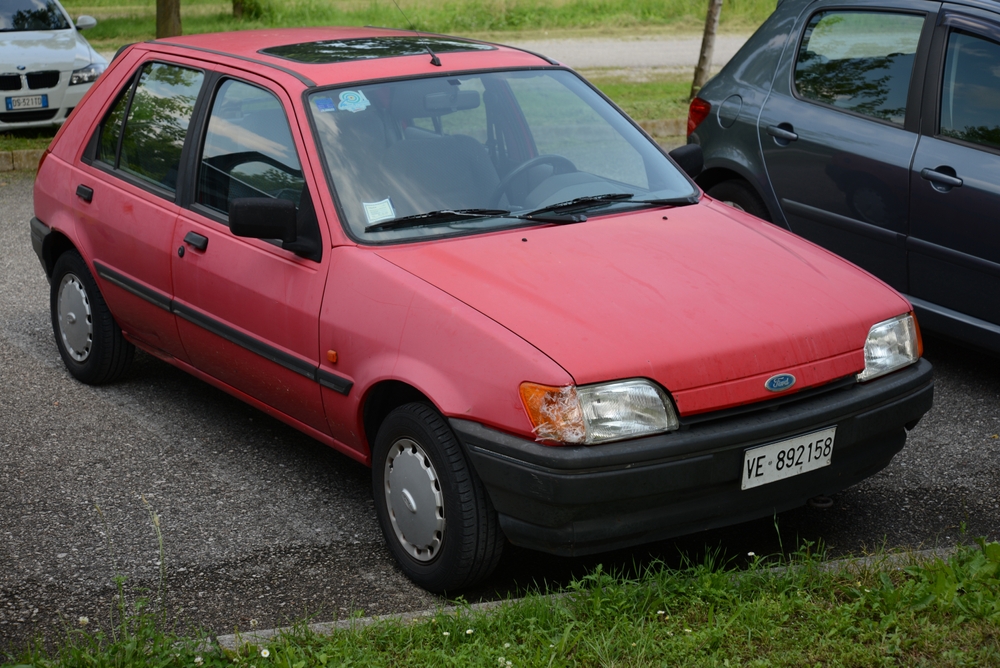
While the Fiesta has seen many popular iterations, the MK3 was often criticized for looking too rounded, soft, and lacking the sharper, sportier lines of its successors.
Ford Aspire (1994-1997)

Its name implied ambition, but its design was often seen as bland and uninspiring. The egg-like shape combined with tiny wheels made it look somewhat disproportionate.
Ford Aerostar (1986-1997)

Designed with aerodynamics in mind, the result was a minivan that appeared elongated and strangely proportioned, with a long nose many found unattractive.
Ford Fairmont (1978-1983)

In trying to be too many things for too many people, the Fairmont ended up with a design that many felt was bland, boxy, and lacking any distinctive Ford characteristics.
Ford Ka (1996-2008)
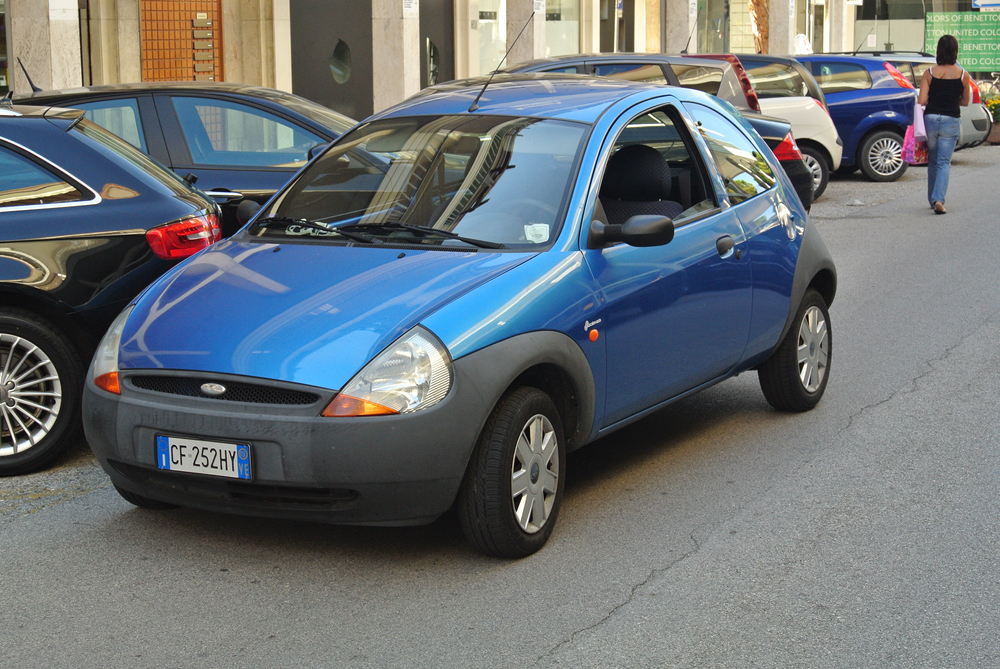
Especially the first generation, the Ka was often described as quirky at best. Its bubble-like shape and oddly positioned headlights were divisive among consumers.
Ford Thunderbird (1989-1997)

The tenth generation of the Thunderbird, particularly its early years, had an aerodynamic design that some felt looked melted or droopy, particularly in the front.
Ford Flex (2009-2019)
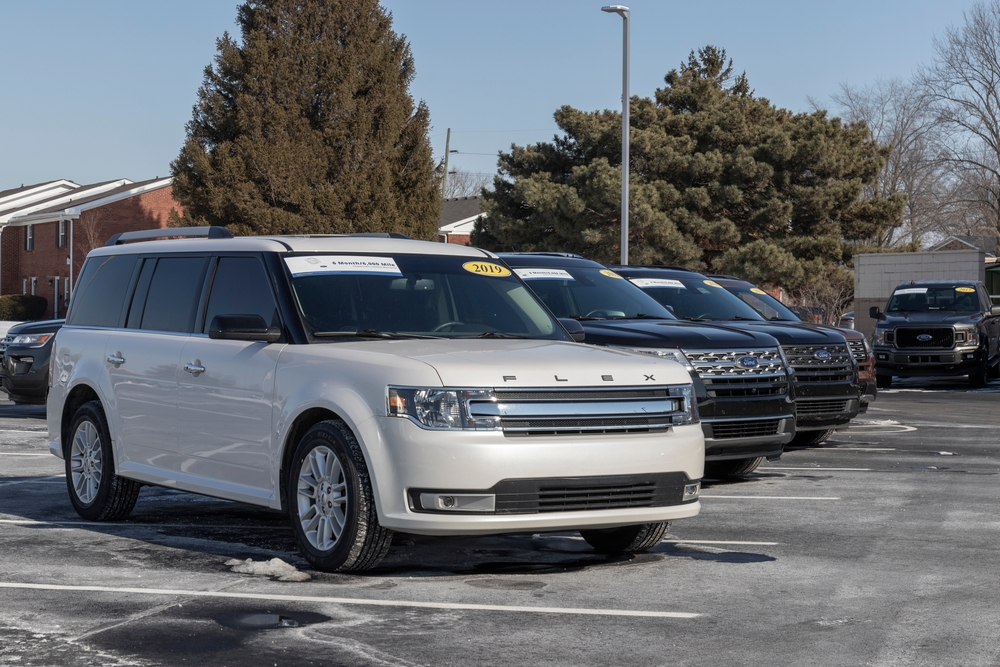
A boxy and polarizing design, the Flex resembled a modernized station wagon. While it had its fans for its unique look, many found it too long, flat, and unappealingly square.
Ford Five Hundred (2005-2007)
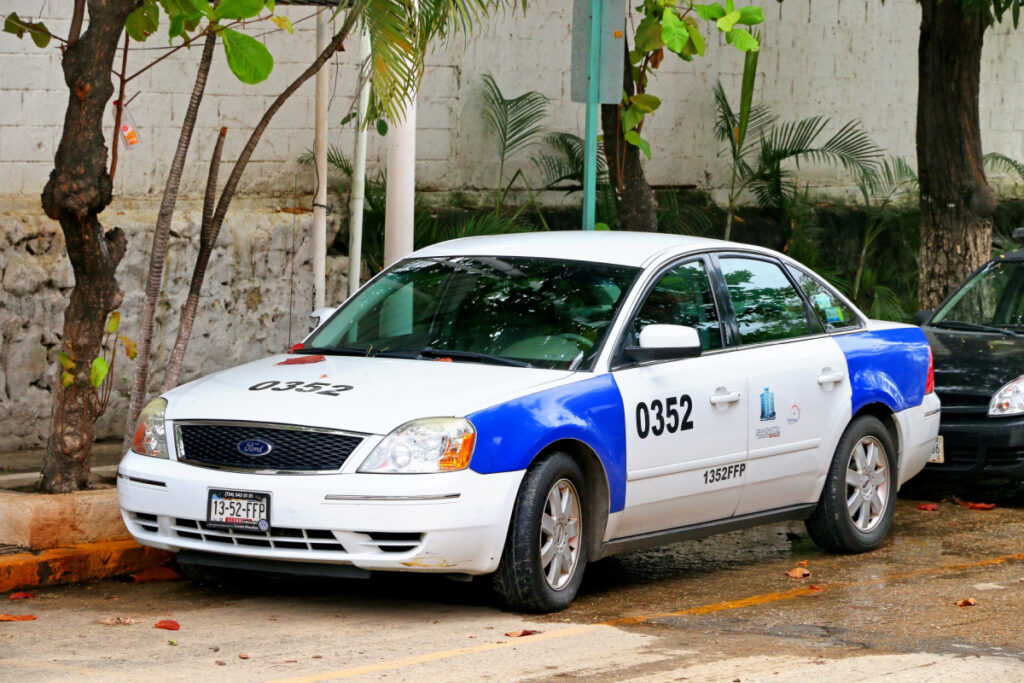
Although it was designed to be a successor to the storied Taurus, the Five Hundred was often criticized for its bland, uninspired design, which lacked the flair and character one would expect from a flagship sedan.
Ford Scorpio (1985-1998)

Particularly its latter versions, the Scorpio was criticized for its large, oddly-shaped headlights and bulbous rear, giving it a disjointed appearance.
Ford Probe (1989-1997)
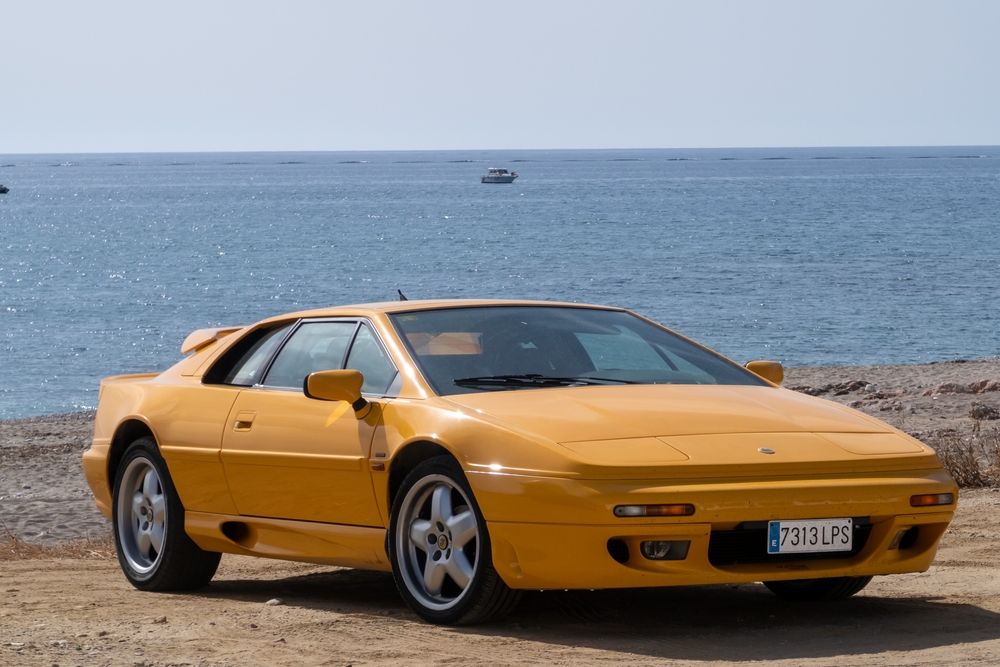
Initially intended to be the Mustang’s successor, its rounded, jelly bean-like contours and droopy rear were often derided for lacking any distinct character or muscle.
Ford Pinto (1971-1980)

While the Pinto had other controversies (namely its safety), its egg-shaped design and stubby appearance didn’t win many fans in the beauty department.
Ford Edsel (1958-1960)
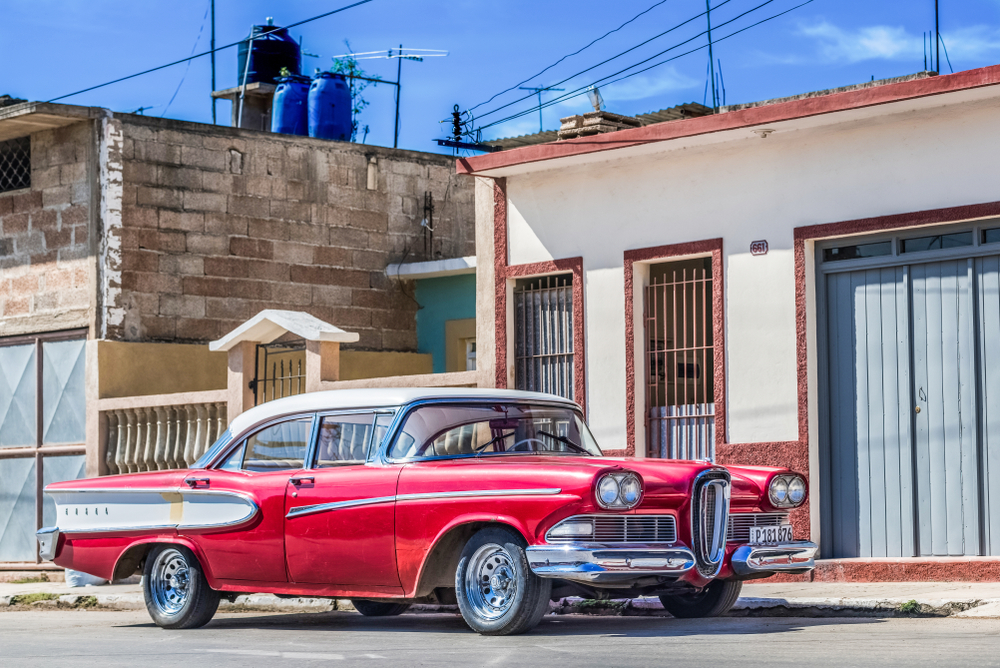
Often topping lists for its infamous grille, which many likened to a “horse collar” or worse, the Edsel was a commercial flop in part due to its polarizing appearance. Its unconventional vertical front grille and overly busy dashboard were seen as overreaches in design innovation.
Ford Contour (1995-2000)
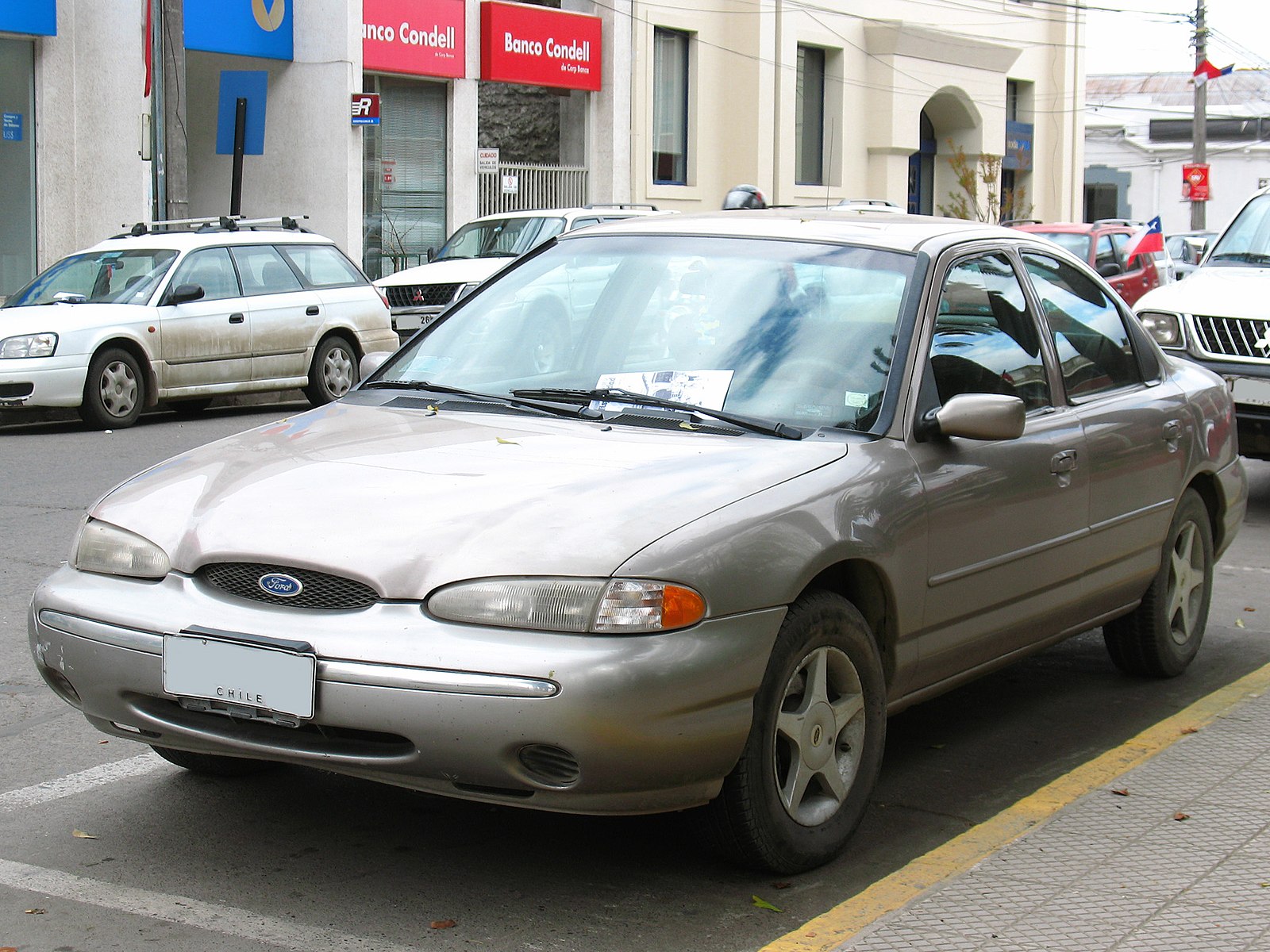
The Ford Contour was criticized for its cramped interior and generic design that made it blend too easily with the cars of its era, lacking distinctive features. Originally intended as a “world car,” it failed to meet American expectations for size and power, offering engines that ranged from a weak 125 hp 2.0-liter to a more respectable 200 hp 2.5-liter V6. Despite its decent handling, the design did not resonate with consumers, resulting in lackluster sales and a short lifespan on the market.
Ford Mustang II (1974-1978)
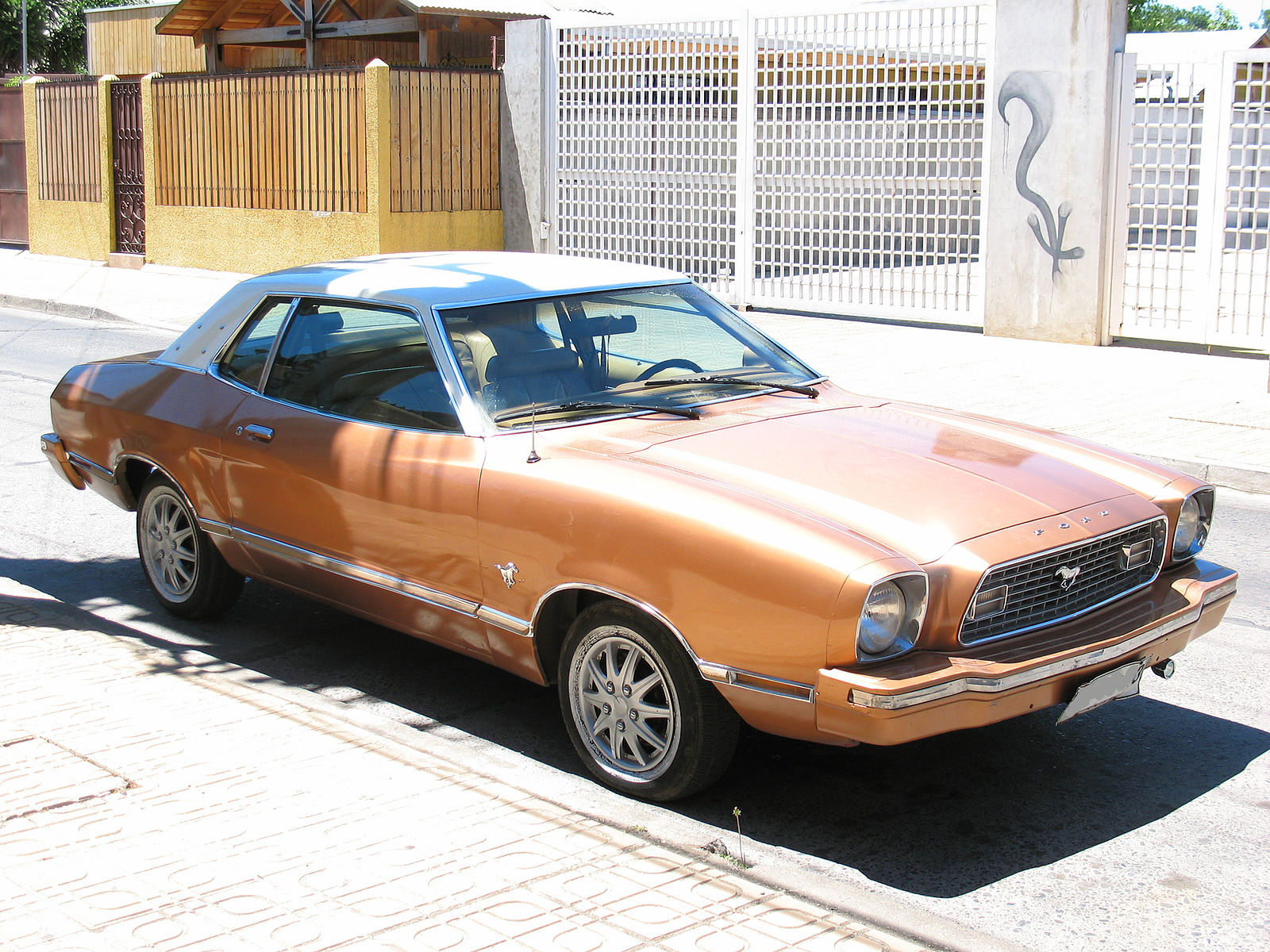
Following the success of the original Mustang, the Mustang II was a letdown due to its underwhelming performance and design. Based on the subcompact Pinto, it was smaller and less powerful, equipped with engines that barely reached 140 hp. Its attempt to be more fuel-efficient and practical during the oil crisis sacrificed the muscular aesthetic and performance that Mustang enthusiasts cherished.
Ford EXP (1982-1988)
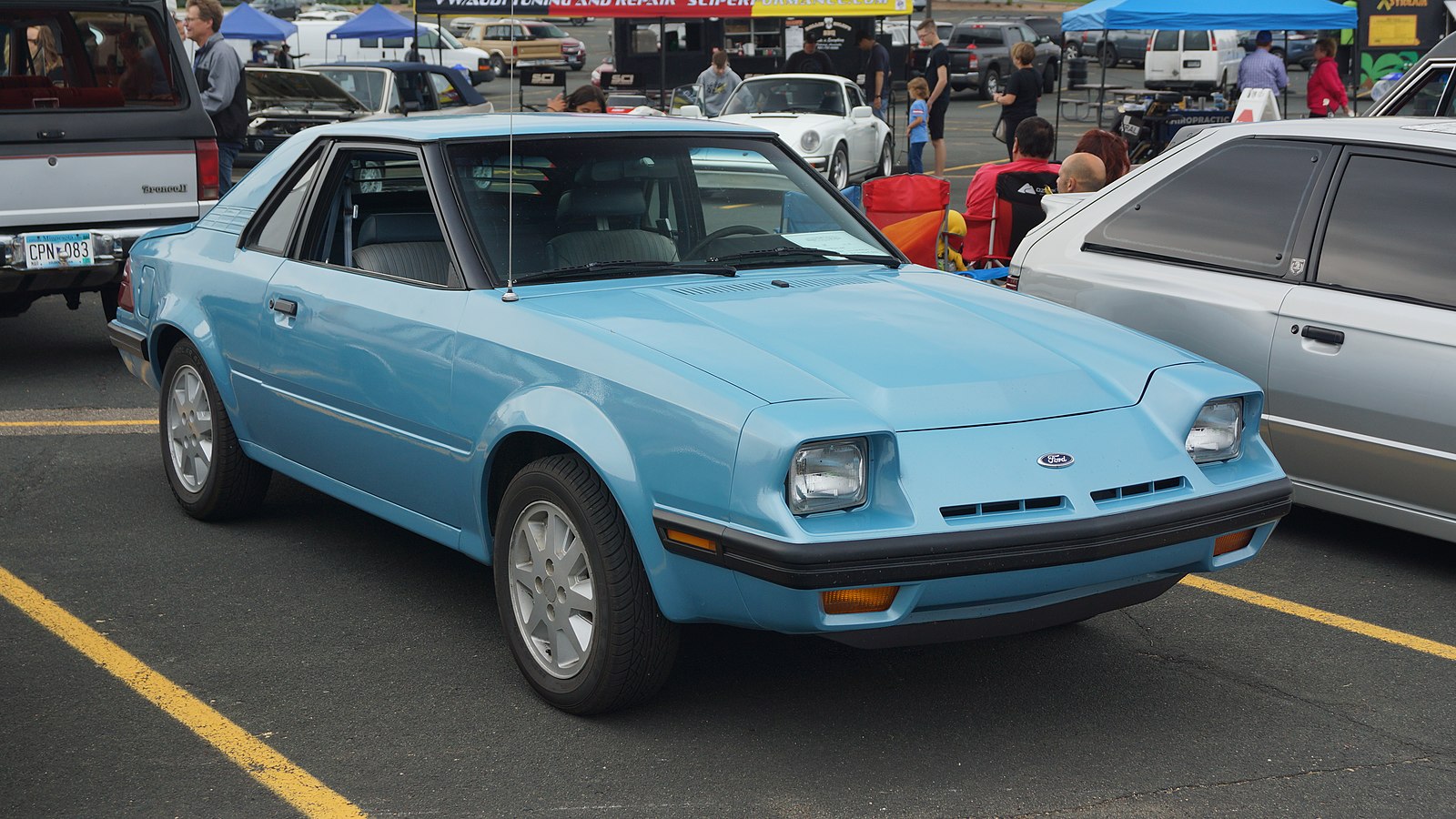
The Ford EXP featured a unique two-seater design that was meant to be sporty but ended up looking awkward and disproportionate. Its performance was also underwhelming, with an initial offering of an anemic 70 hp 1.6-liter engine, which later slightly improved. The car’s styling, with oddly rounded lines and a bulky rear end, didn’t help its case, making it one of Ford’s more forgettable experiments.
Ford Taurus (1996-1999)
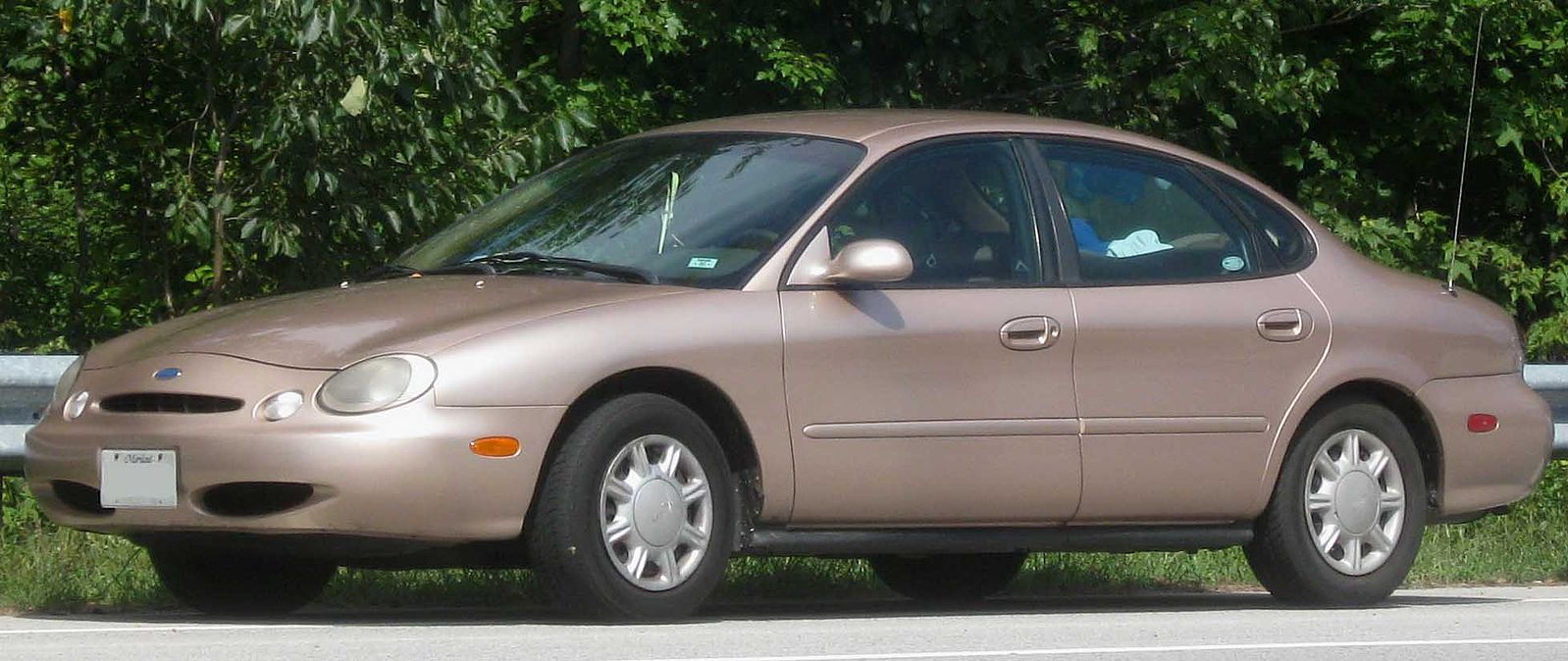
The 1996 redesign of the Ford Taurus was highly controversial due to its oval-heavy design. Dubbed the “jelly bean” or “oval obsession,” it featured rounded shapes everywhere, which many found unattractive and overly futuristic at the time. Despite being aerodynamic, the car’s design did not resonate with consumers, leading to a decline in sales which prompted a more conservative redesign in later years.
Ford Granada (1975-1982)
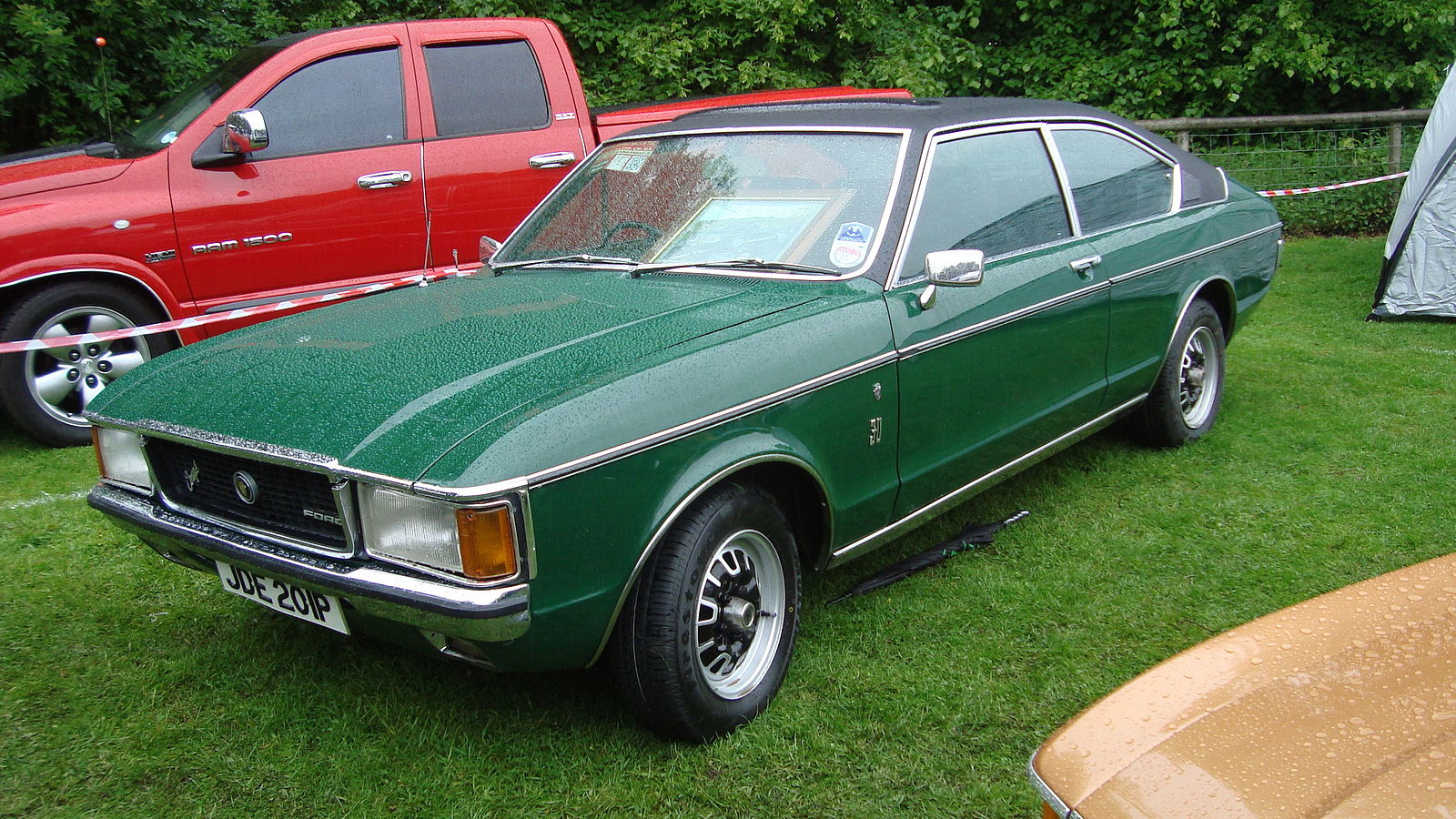
Marketed as a luxury compact, the Ford Granada was often criticized for its boxy design that mimicked more luxurious European sedans without delivering on actual luxury or performance. With lackluster power outputs from both its V6 and V8 options, the Granada was neither exciting to drive nor particularly good-looking, featuring awkward proportions and a plain appearance.
Ford Escort (1981-2002)
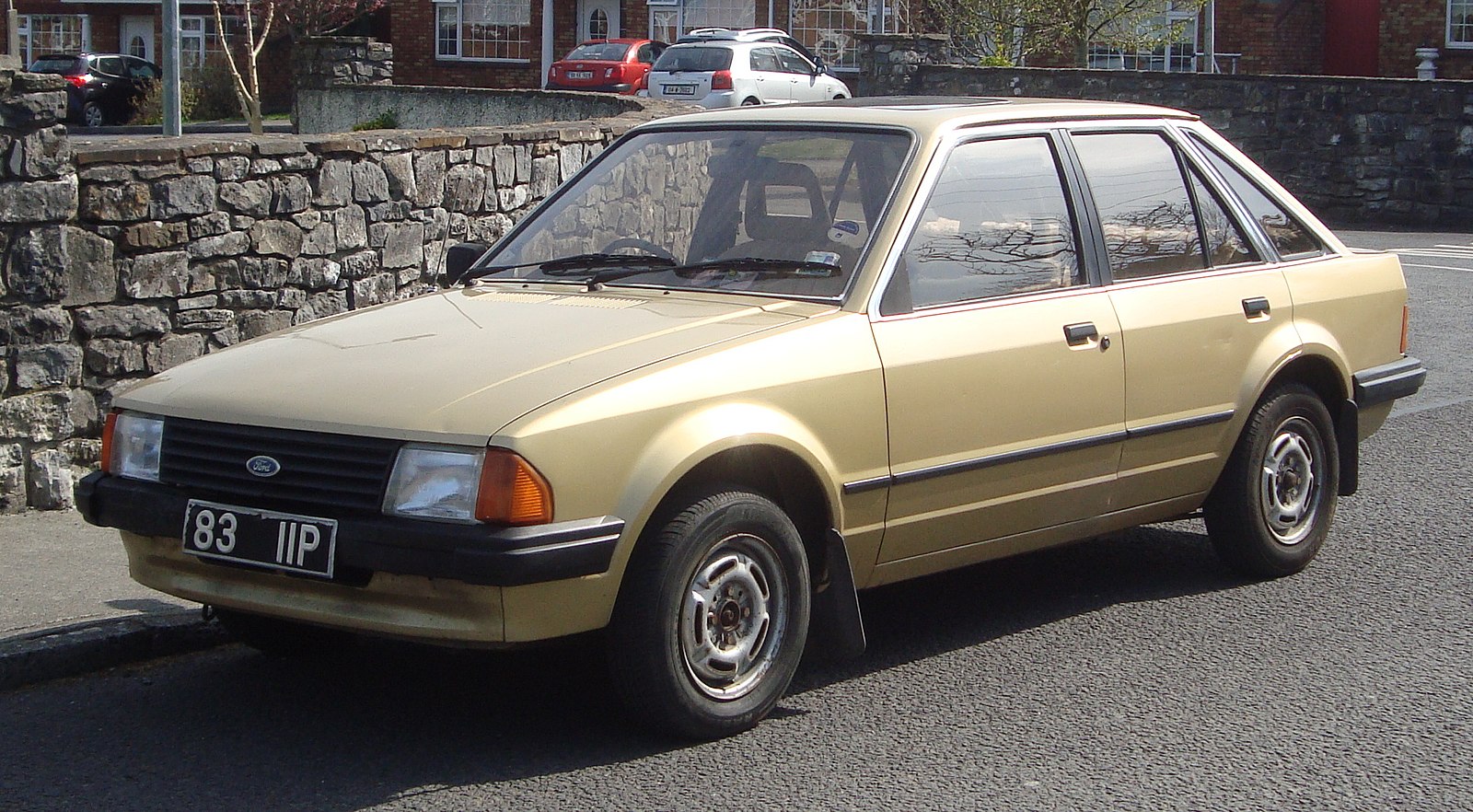
The North American version of the Ford Escort, particularly the first generation, was often criticized for its bland design and mediocre build quality. While it was affordable and offered good fuel efficiency, its boxy shape and cheap interior materials left a lot to be desired. The car’s performance was also tepid, with early models featuring a 1.6-liter engine producing just 88 hp.
Ford Windstar (1995-2003)
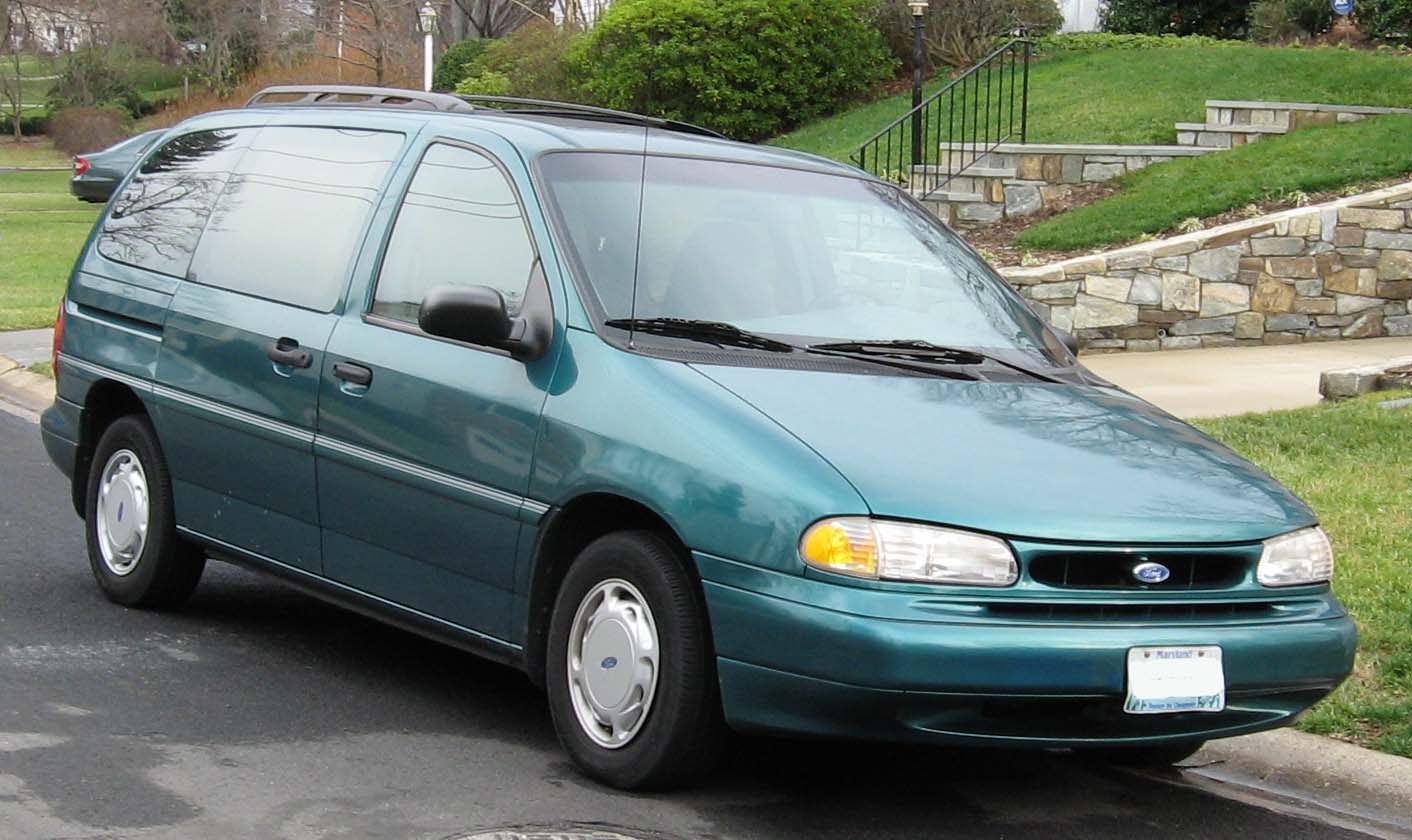
The Ford Windstar minivan was designed to compete in the rapidly growing minivan market but was often criticized for its bulky design and lack of style. The Windstar featured a very conservative, utilitarian look with a heavy, ungainly body that did not win any design awards. While it was practical and offered a range of family-friendly features, it never quite stood out in a market that included more stylish and innovative competitors.
Ford Freestyle (2005-2007)
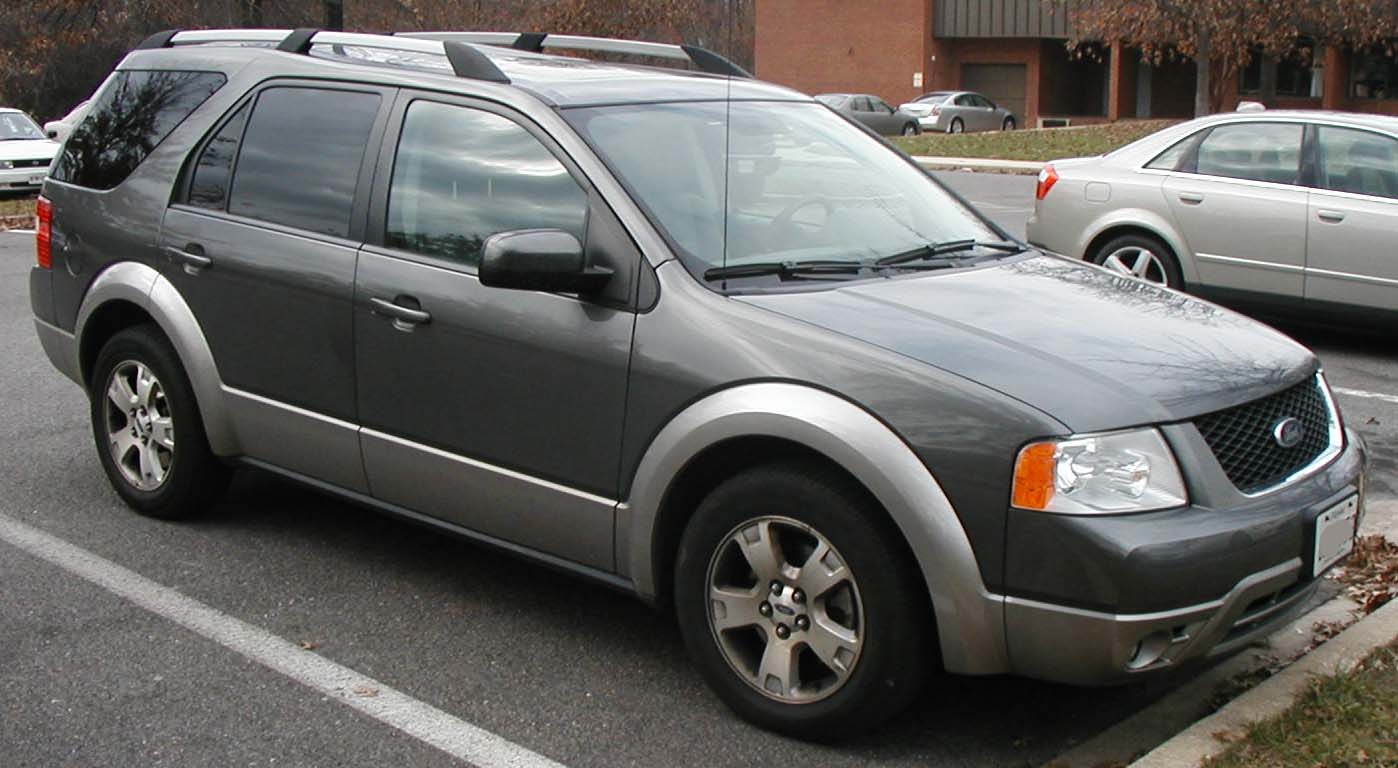
The Ford Freestyle was an attempt to combine the features of an SUV, wagon, and minivan into a crossover. However, its design was seen as uninspired, with a bulky body, high waistline, and a somewhat awkward stance. Powered by a 3.0-liter V6 producing a modest 203 hp, the Freestyle was adequate for family duties but failed to excite in terms of performance or aesthetics, leading to its rebranding as the Taurus X in later years.
This article originally appeared on MyCarMakesNoise.
More from MyCarMakesNoise
Celebrating the Best SUVs Ever Made
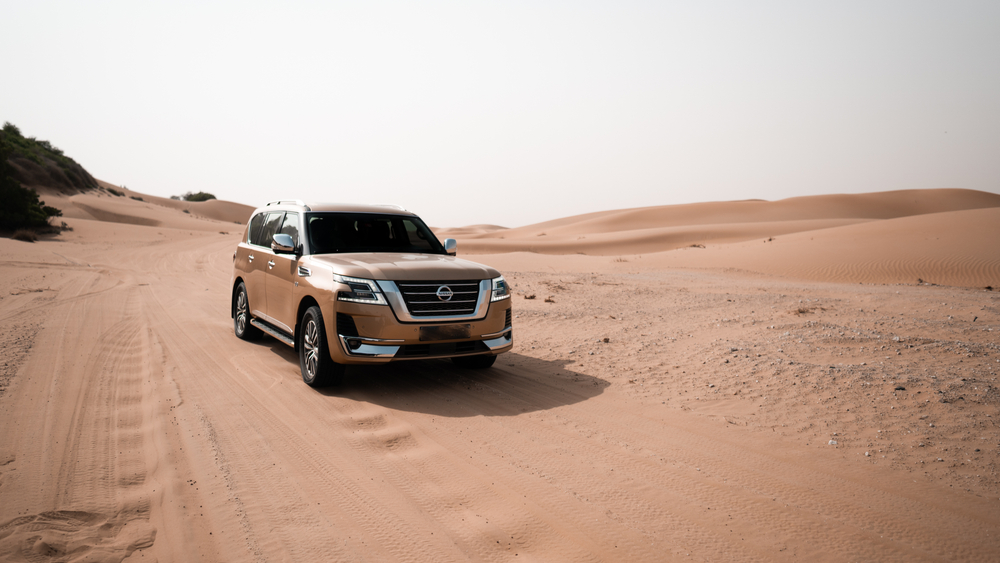
Representing a harmonious blend of power, durability, and versatility, these vehicles are more than just a means of transportation; they’re symbols of unbridled freedom and exploration. Read More.
The Best Cars Engineered for Maximum Survival
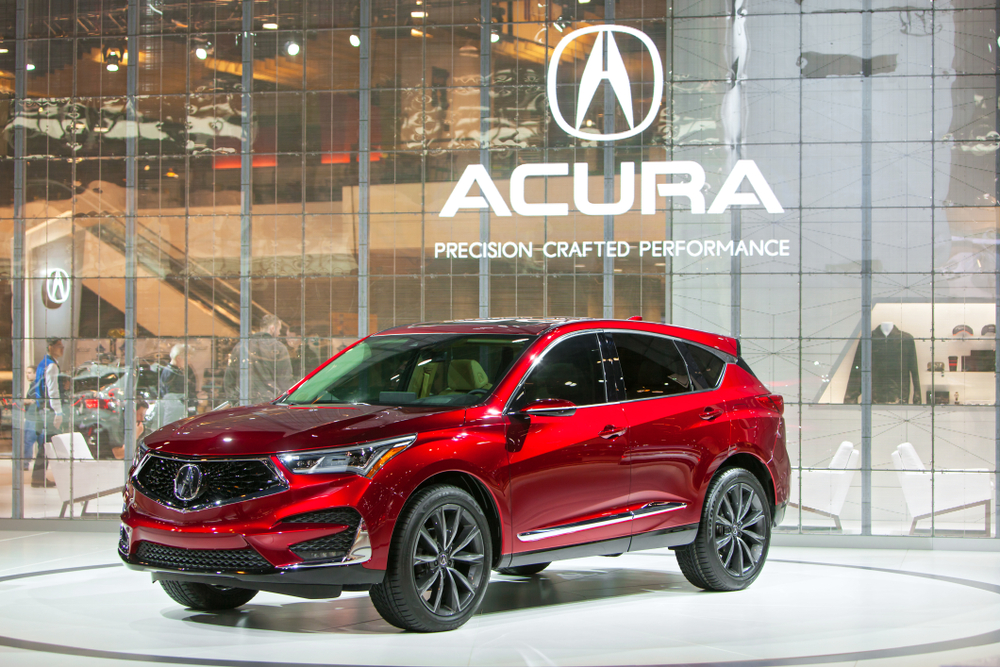
From impeccable structural designs to intelligent, responsive systems, this article spotlights the marvels of modern engineering that prioritize your safety above all. Read More.
Exploring the World`s Best Auto Shows
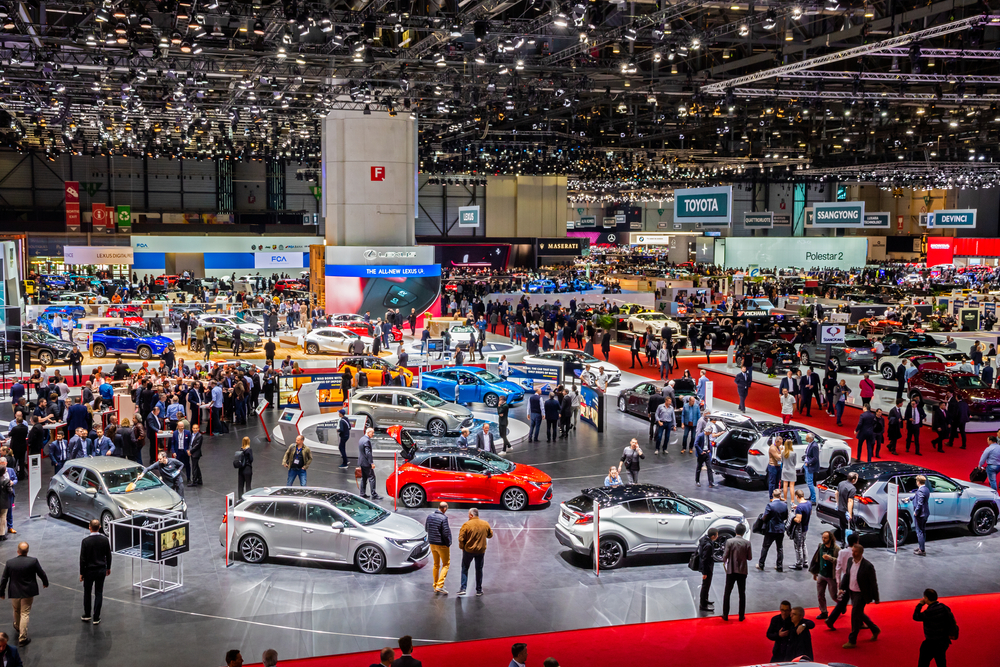
Whether you’re dreaming of the latest hypercars or a connoisseur of timeless classics, there’s an auto show out there that speaks your language. Read More.



